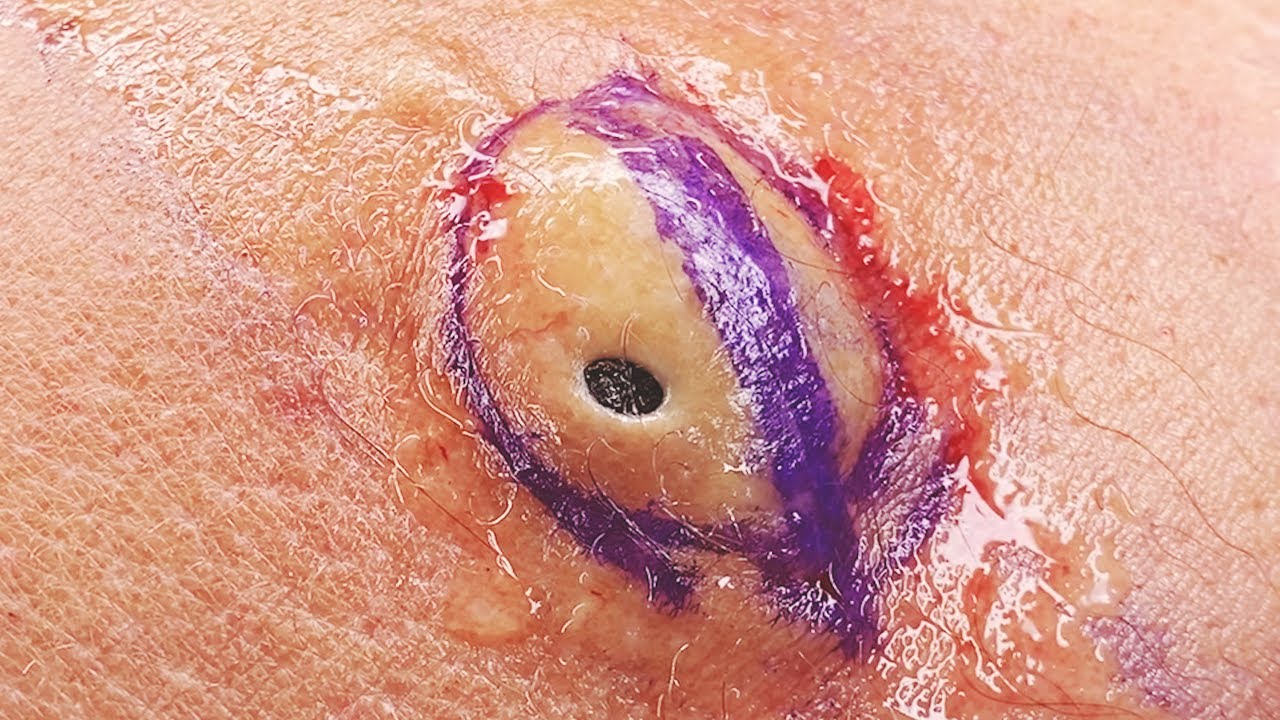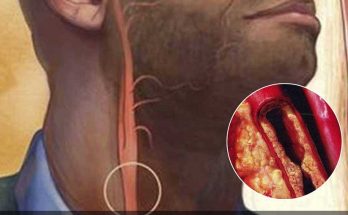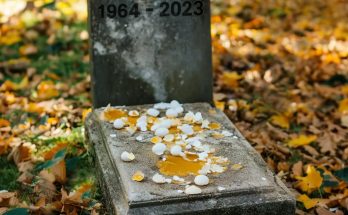16-Year-Old MASSIVE Face Tumour Removed! | Take My Tumour
- Curettage: A sharp surgical instrument is used to scrape away the tumor tissue. This method is used for small tumors that are close to the skin’s surface.
- Excision: The surgeon cuts into the skin, removes the tumor, and closes the wound with stitches. This method is used for tumors that are deep in the skin.
- Cryosurgery: Liquid nitrogen is used to freeze and destroy the tumor.
After surgery, you may experience bruising and swelling that should fade within a few days. Most people can return to normal activities within one or two weeks, but recovery time can be longer for more complex cases.
Some facial tumors may require facial reconstructive surgery to recreate bone structure. Reconstructive surgeons use local flaps to repair defects, which can create a seamless result while hiding scars.

Facial Tumor Treatment and Surgery: What You Should Know
A facial tumor, also known as a neoplasm, is an abnormal growth of tissue that serves no purpose or function in the body. Though not every growth will require surgery, some tumors, if left untreated, can cause serious health issues.
left untreated, can cause serious health issues.
Because growths on the face affect appearance, many people opt to have them removed. The process is relatively simple, and fortunately, the prognosis is generally excellent.
Causes of Facial Tumors
Tumors are either benign or malignant. Benign facial tumors can grow larger, but most are not particularly life-threatening or dangerous. Malignant growths, however, are cancerous and can metastasize or spread to other parts of the body. The exact cause of either type of tumor is often unknown, but certain factors have been linked to their growth.
Benign lumps, in many cases, relate to genetics, diet, stress, infection and local injury or trauma.
Cancerous growths are often believed to result from environmental toxins or chemical pollutants, but heredity or problems with the body’s immune system may also play a part in causing some of these tumors.
Treatment for Facial Tumors
Treatment for a facial tumor is determined based on whether the growth is benign or malignant. While certain symptoms, including pain or hemorrhaging near the lump, can indicate a strong possibility that a tumor is cancerous, the only way to know for sure is to perform a biopsy.
In this minimally invasive procedure, the surgeon will take a sample of the lump and send it to a lab to be examined by a pathologist. If the tumor is diagnosed as benign, further treatment may not be medically necessary unless it the lump is pressing on a facial nerve. Cancerous facial tumors often require surgery, along with chemotherapy or radiation treatment.
Surgical Methods for Removing Facial Tumors
Depending upon the size, location and type of facial tumor, removal may involve the use of different surgical methods. The tumor tissues may be scraped away with a sharp surgical instrument in a process called curettage.
If the growth is deep under the skin, it may require surgical excision. In this procedure, the surgeon cuts into the skin, removes the tumor, and closes the wound with stitches.
Cryosurgery, in which the lump is frozen and killed with liquid nitrogen, may be appropriate for some facial tumors.
Although many tumors are benign, every growth has the potential to be cancerous. Consequently, a consultation with an experienced professional oral and maxillofacial surgeon is always advised, whenever a lump is detected.
Contact us today to schedule an examination with our expert team at Oral and Maxillofacial Surgery of Utah. We can help you understand the risks and typical treatment options for facial tumors.
25 Causes of Raised Skin Bumps (with Pictures & Video)
What looks like a single, gigantic blackhead on the outside actually hides a super dry and aged CYST that looks like a… bulb of garlic or mashed potatoes?! Share your thoughts in the comments below.

😮 Do You Have a Lump, Bump, Spot or Skin Condition? Email Us a Photo and You May Be Selected for an Educational Video If you are interested in being on camera, please visit our website through the link below and send us a selfie and a photo of any lumps, bumps, or skin conditions that are crusting or oozing or bleeding that concern you. Continue Reading and watch the video here.
What Is a Skin Lump? Symptoms, Causes, Diagnosis, Treatment, and Prevention
What looks like a single, gigantic blackhead on the outside actually hides a super dry and aged CYST that looks like a… bulb of garlic or mashed potatoes?! Share your thoughts in the comments below. 😮 Do You Have a Lump, Bump, Spot or Skin Condition?

The term “skin lump” may be vague — and the symptom can stem from many causes. By decoding how it feels and looks, you can gain some clarity about what’s going on, gain peace of mind, and work out how to move forward with treatment (as well as whether you even need to). Read more and watch the video her



